Waaaaaay back in the year 1980, when video games were more of a charming concept than major medium of entertainment, a couple of dudes named Michael Toy and Glenn Wichman created an ASCII game called Rogue. Rogue was an early dungeon-crawler game with a notably steep difficulty curve; it wasn’t there to be played by you, you were there to play it. But despite being such an unforgiving kind of game, it has gone on to inspire an entire subgenre of games that share its name: roguelikes. So, what is a roguelike game?
A roguelike is, well, a game like Rogue! That is to say, it’s a game that emphasizes the following concepts:
- Randomly-generated level layouts
- Character permadeath
- Grid-based movement
- Turn-based combat
These kinds of games are known for being extremely difficult, often requiring a lot of snap-thinking and strategizing, both to preserve your character for as long as possible and make the best of an inevitably bad situation. Roguelikes, in their purest form, were most prominent in the 80s and 90s when any schlub with a computer could render a dungeon. These days, though, they’ve taken on a more diverse form.
What is a Roguelike Game?
With the rise of the indie gaming scene in the late 2000s came “rogue-lites,” a colloquial term for games that crib elements from the roguelike paradigm without utilizing the whole thing. For example, many rogue-lites do have randomly-generated stages and character perma-death, but also have permanent upgrades that carry over between runs.
Prominent examples of modern rogue-lites include The Binding of Isaac, Hades, Spelunky, Slay the Spire, Enter the Gungeon, and FTL: Faster than Light. These games run the gamut of action dungeon crawlers, card games, strategy games, and more. The rogue-lite paradigm can be applied to just about any other genre with a little creativity.
While there aren’t as many traditional roguelikes these days, rogue-lites are at the absolute height of their popularity. Games like Hades have even taken it a step further, using the run-by-run structure as a means of telling a detailed story. It’s features like that that give roguelikes and rogue-lites their “one more time” appeal; even if you botch a run and lose all of your progress, every attempt teaches you that much more about the game and how to overcome it. It’s quite addicting, if I do say so myself.


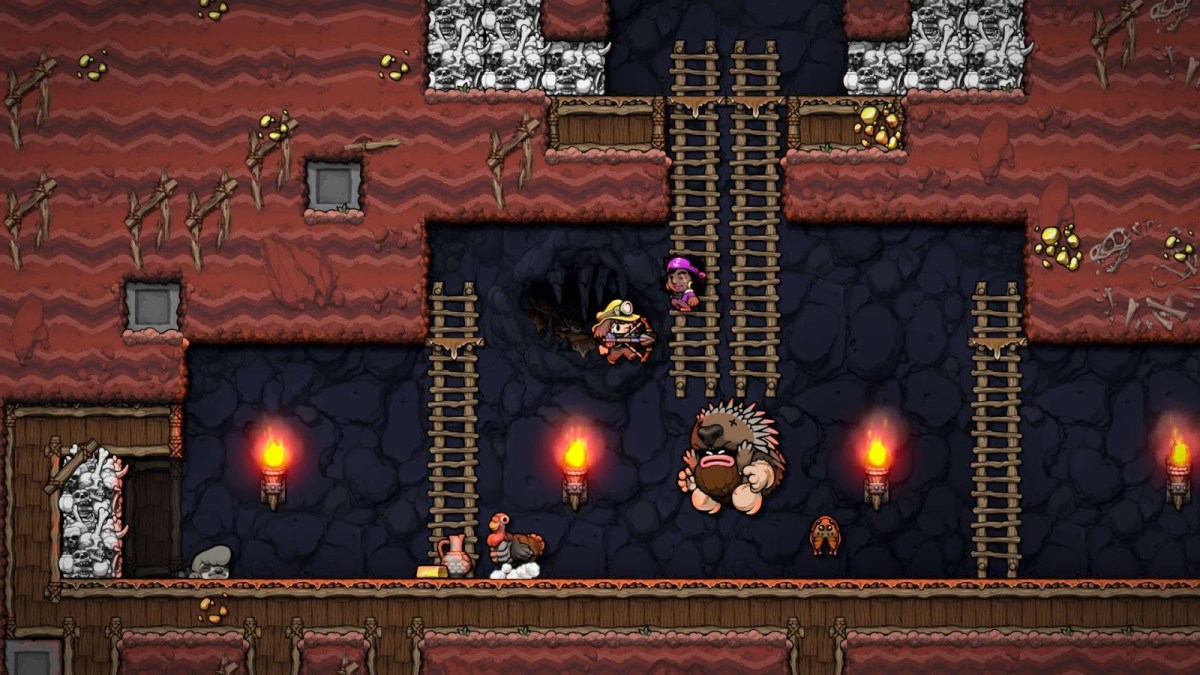
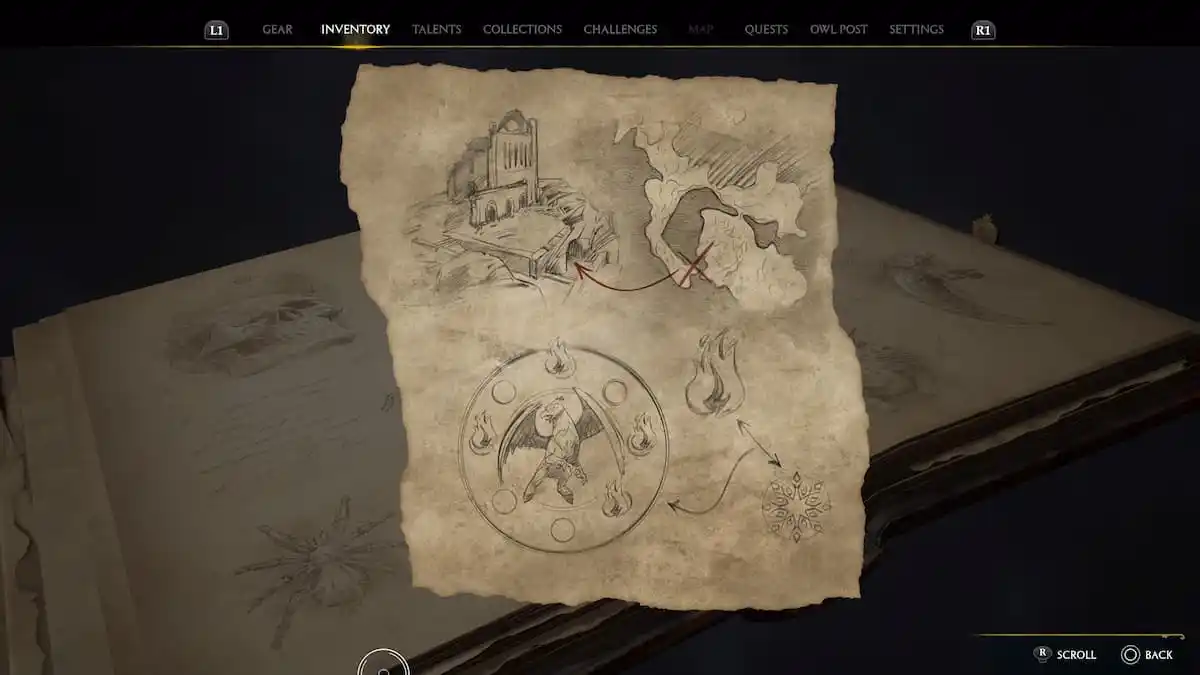
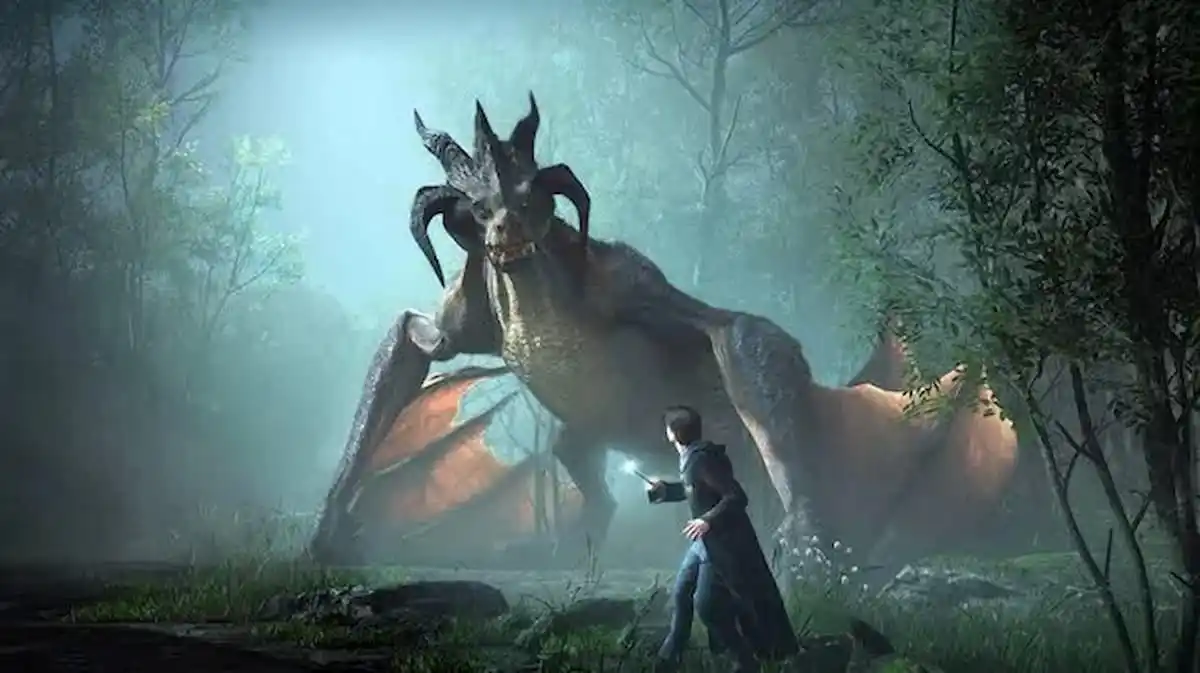
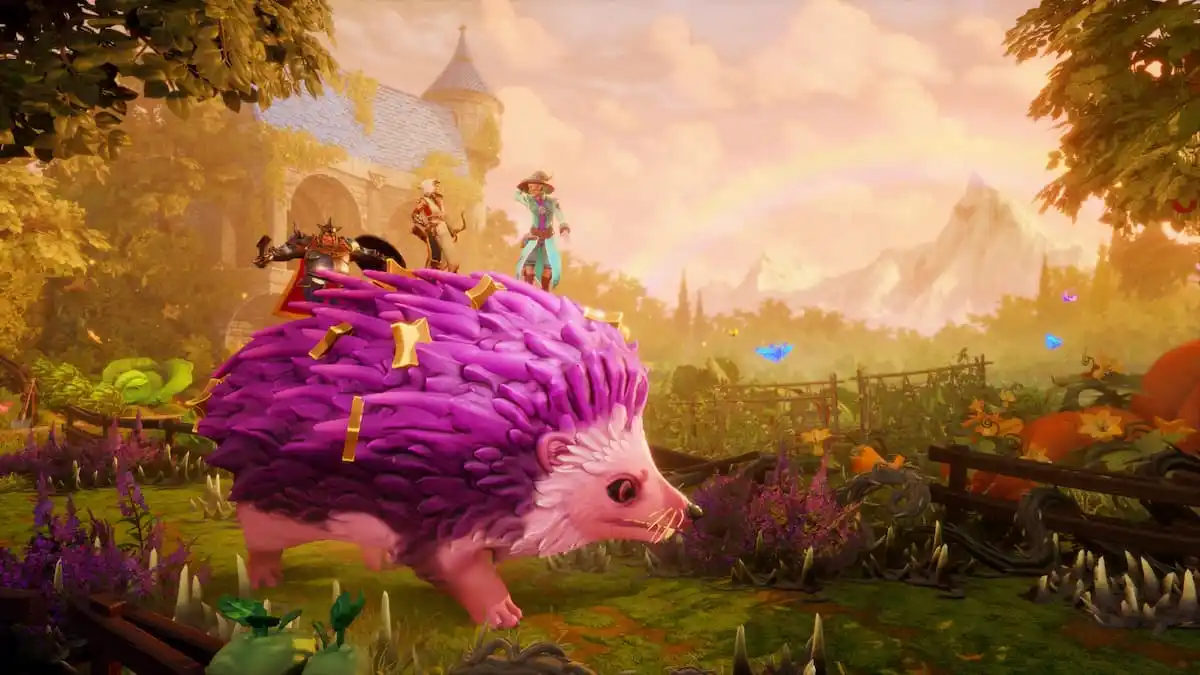
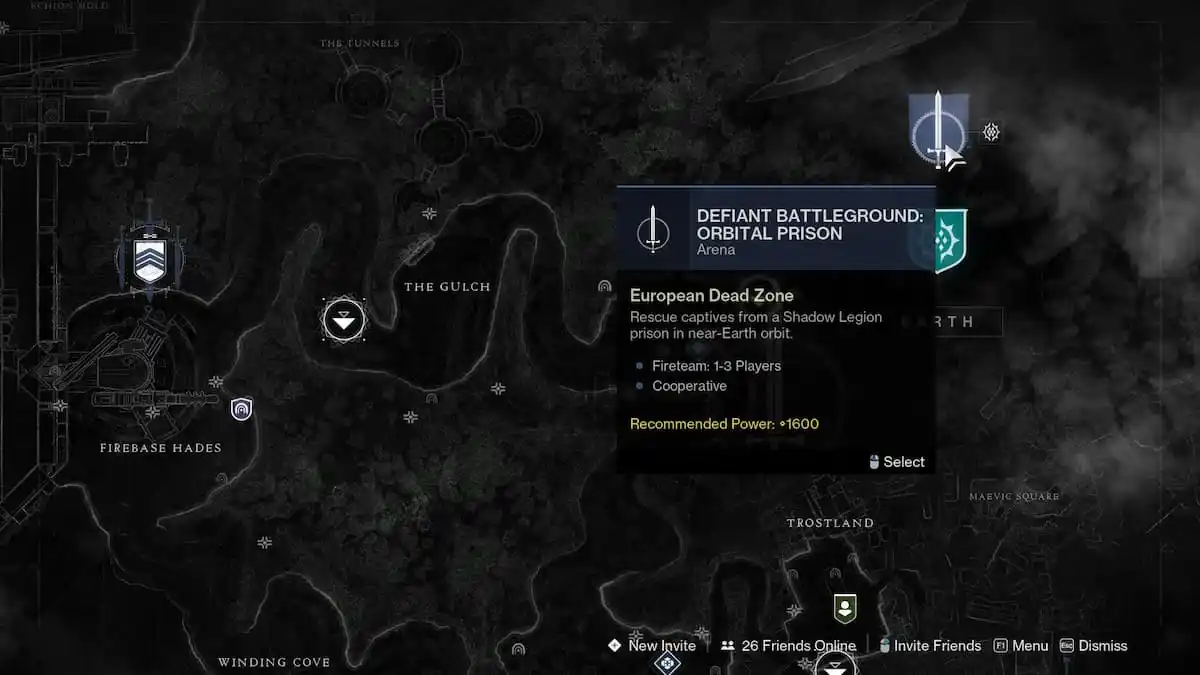
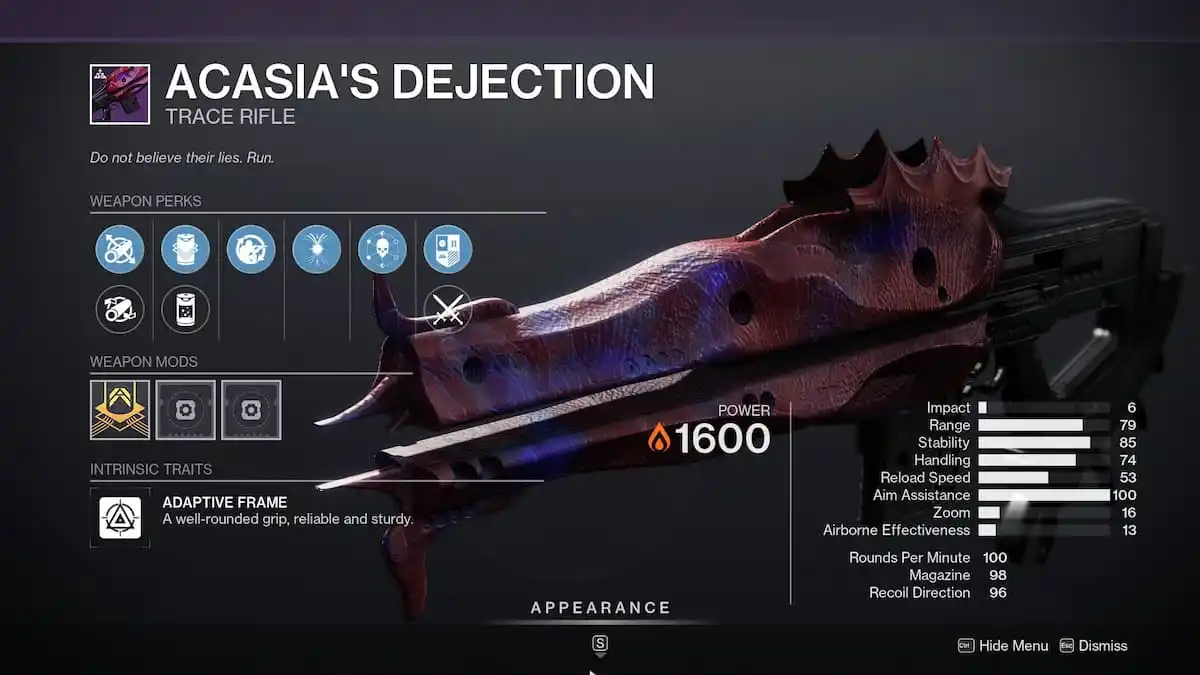
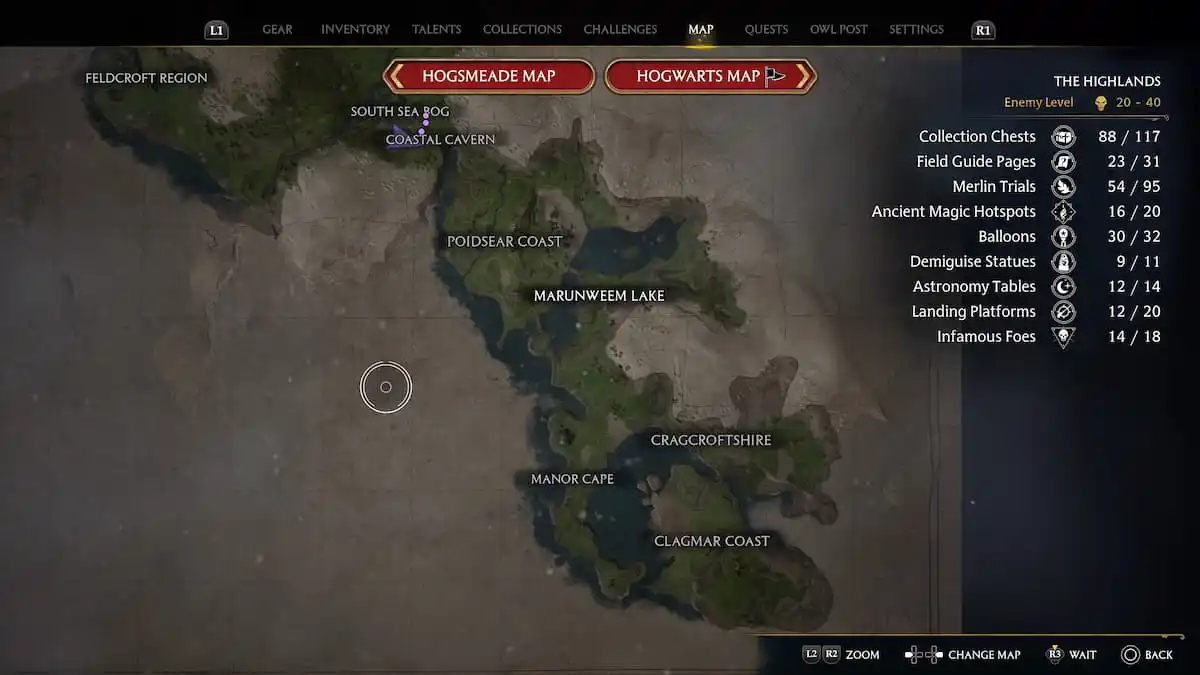
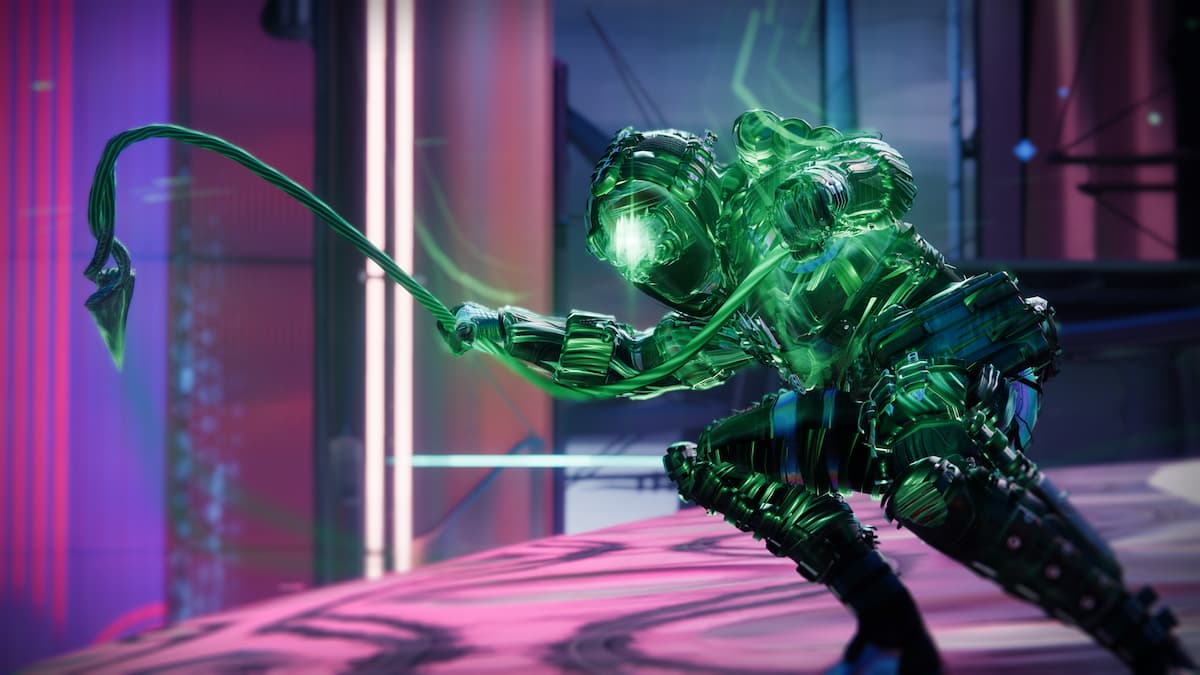
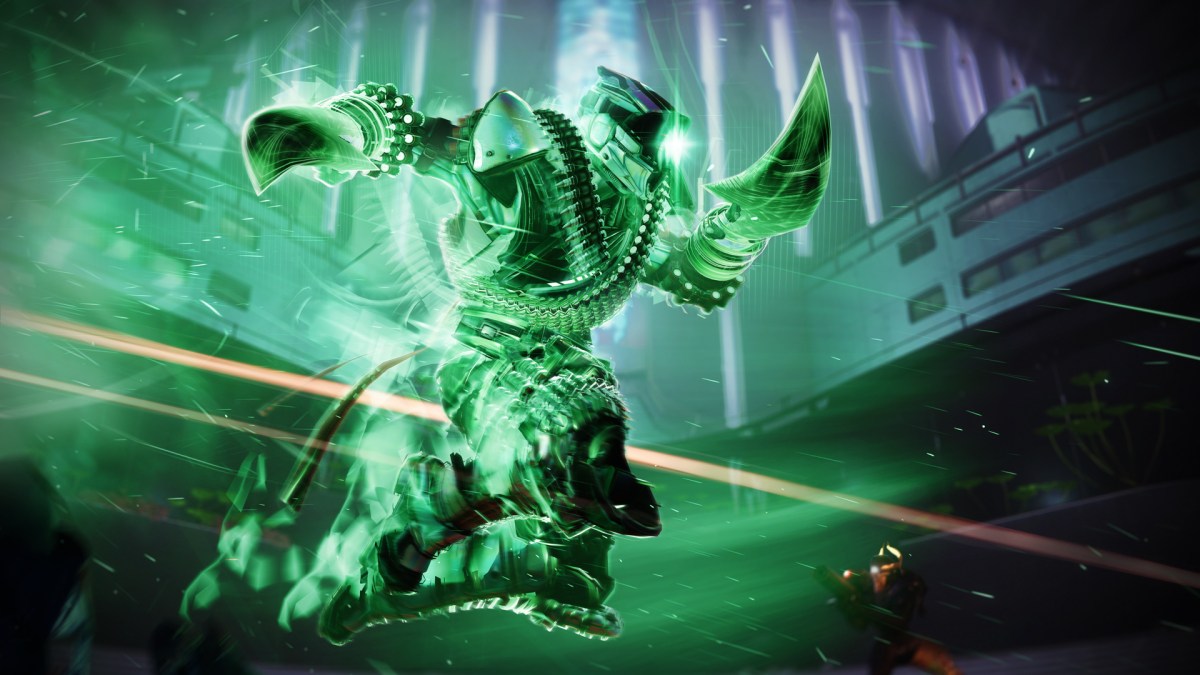

Published: May 1, 2021 02:09 am